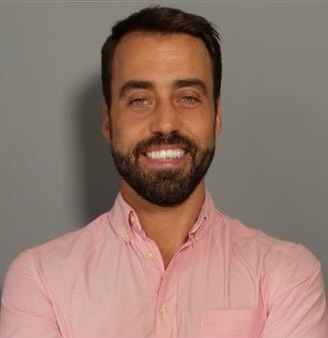Collection
Mathematical Modelling of Cancer across Scales: A Topical Collection in Celebration of Mark Chaplain's 60th Birthday
- Submission status
- Open
- Open for submission from
- 01 February 2024
- Submission deadline
- 31 December 2024
Editors
-
Tommaso Lorenzi
Tommaso Lorenzi is an Associate Professor of Mathematical Physics at the Department of Mathematical Sciences, Politecnico di Torino. Tommaso's research focuses on nonlinear and nonlocal partial differential equation models and corresponding individual-based models of evolutionary and spatial dynamics in biological systems. His research interests revolve around the formulation and application of these models, as well as the study of their theoretical properties.
-
Philip K. Maini
Philip K. Maini is Professor of Mathematical Biology at the Mathematical Institute, University of Oxford, and Director of the Wolfson Centre for Mathematical Biology. Philip’s research involves modelling spatio-temporal phenomena in biology and medicine, with applications in the areas of pattern formation, wound healing, and tumour growth.



